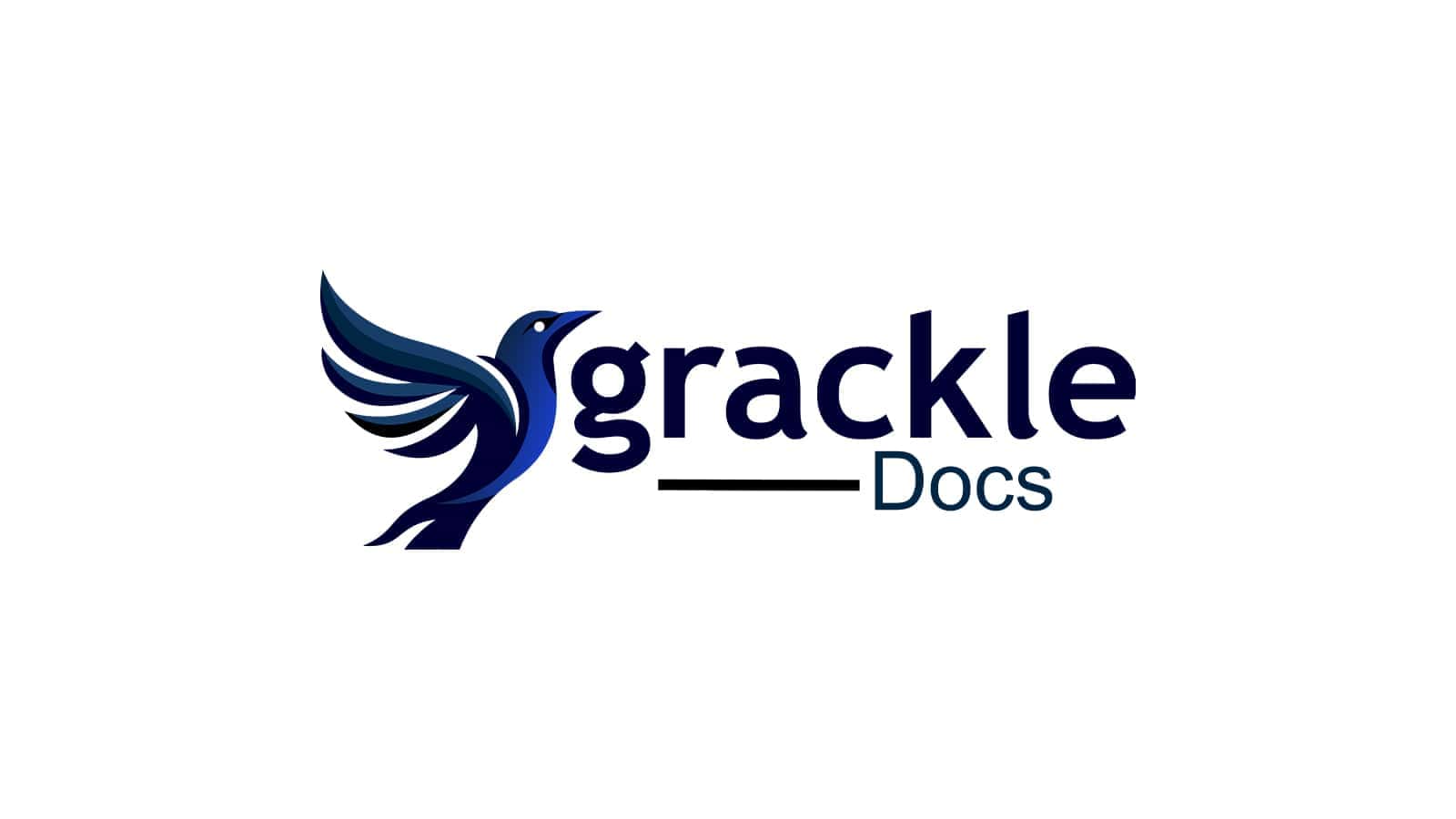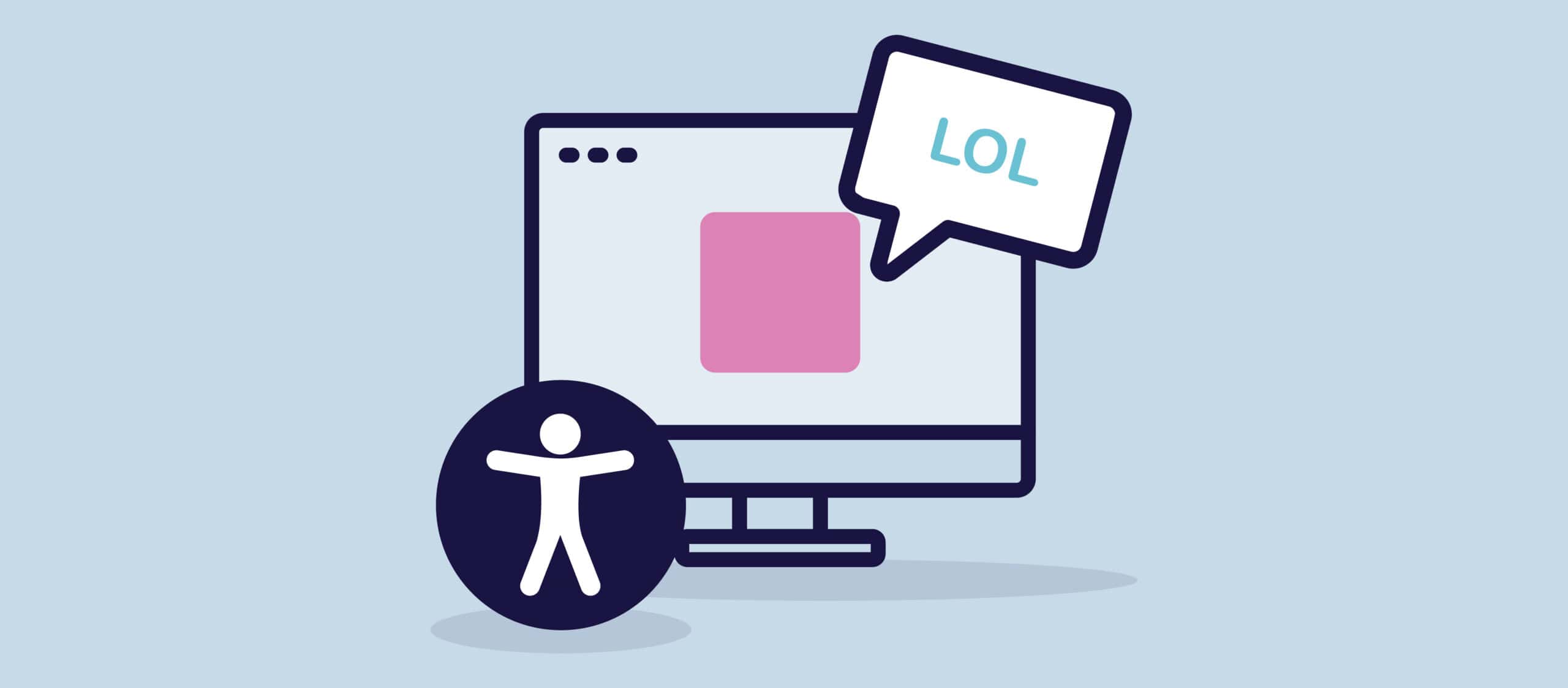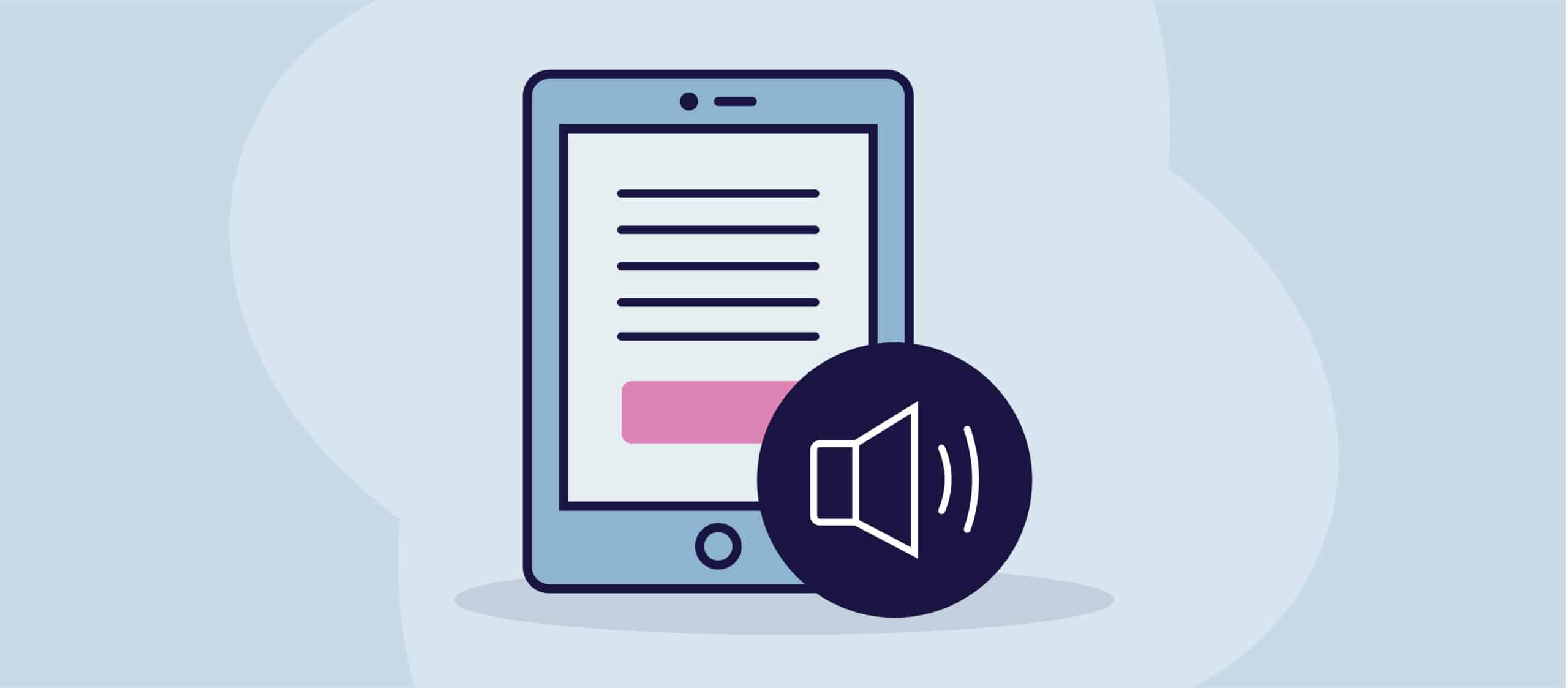The European Accessibility Act officially launched on 28 June 2025, and the reality on the ground is quite different from what many expected. After six years of preparation time, you might assume businesses would be ready, but the truth tells a slightly different story.
Recent research surveying 120 European companies reveals that only 27% consider themselves fully prepared for EAA compliance. That means nearly three-quarters of organisations are scrambling to catch up with legislation that affects everything from e-commerce websites to ATMs, smartphones to digital TV services.
What makes this particularly interesting is that the EAA doesn’t just affect European companies. Any business selling into the EU market now needs to comply, regardless of its location. Suddenly, accessibility has become an even bigger issue in global market access.
The Reality Check
The European Union of the Deaf has recently published findings highlighting significant gaps in customer service accessibility, as well as digital platforms that remain difficult to navigate, and inconsistent sign language provision across key sectors. Spain stands out as doing things right, but these examples remain frustratingly rare.
Even among companies that claim to be “fully prepared,” only 19% have actually transformed their development processes to prevent accessibility issues from happening in the first place. Most are still playing catch-up rather than building accessibility into their workflows from the outset, and they need to act quickly as the enforcement landscape takes shape. Market surveillance is being established across all 27 EU member states, and the consequences go well beyond fines. The real threat for many businesses is losing access to the EU market entirely if their products or services don’t meet accessibility requirements.
The Competitive Shift
Barely meeting technical compliance won’t cut it anymore; the businesses succeeding are those approaching accessibility creatively and thoughtfully. They’re viewing accessibility for all as an opportunity to reach the more than 101 million people with disabilities across the European Union, rather than just another regulatory hurdle.
For those just starting their accessibility journey, the message from experts is clear: beginning now is better than not starting at all. Jeff Mills from GrackleDocs recently shared that demonstrating progress and putting proper processes in place can significantly reduce risk, even for those who missed the initial deadline.
The Third-Party Challenge
One of the biggest misconceptions businesses have is that third-party content falls outside the scope of the EAA. Quite the opposite, as the regulation encompasses all website plugins, widgets, and embedded tools, including those from third parties. Smart organisations are now making accessibility a requirement in their content- and website-related procurement processes, asking vendors for documented proof of compliance before making any new purchases.
Your Practical Starting Point
If you’re not as far ahead with your own EAA accessibility compliance as you’d like, don’t panic. The straightforward and pragmatic approach detailed below will get you moving. If you need any further guidance, please don’t hesitate to contact our experienced team. But to get things moving, follow these steps:
- Start with Assessment
Gain a clear understanding of your current status through both automated testing tools and manual evaluation. Automated tools like Grackle Go catch obvious issues, such as missing alt text and poor colour contrast, while manual testing reveals real-world navigation problems that technology may miss.
- Prioritise Strategically
Focus first on barriers that completely block access to essential content or functionality. Address WCAG Level A and AA website violations as your foundation, then move on to document issues, and group similar fixes together for efficiency.
- Build Accessibility Into Your Process
Train your whole team on accessibility principles and embed these considerations into every stage of content development and creation. Make accessibility documentation a requirement for all vendors and third-party services.
- Keep It Going
Implement regular audits, integrate accessibility checks into your release cycles, and create clear channels for user feedback. Publish an accessibility statement that shows your commitment and provides a way for users to report issues.
Looking Forward
The European Accessibility Act represents more than another regulatory compliance hurdle. It’s reshaping how we think about digital inclusion, and it’s a fundamental step forward for digital accessibility as a whole. Businesses that embrace this change, investing in proper processes and training, will find themselves better positioned to deliver genuinely inclusive experiences to everyone.
The journey towards accessible digital content and experiences is still just beginning, but the foundation is now firmly in place. The question now isn’t whether accessibility will become standard practice, but how quickly businesses will adapt to this new reality. Those who view accessibility as a catalyst for innovation rather than a constraint will be the ones writing the next chapter of digital inclusion.



